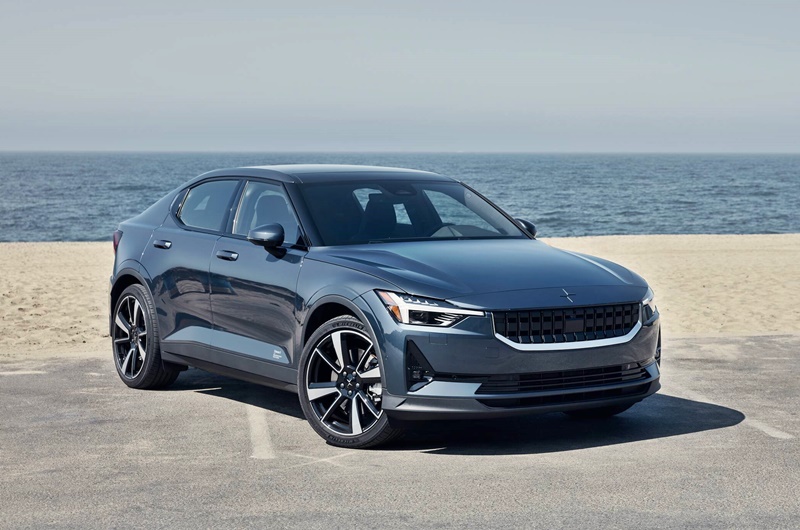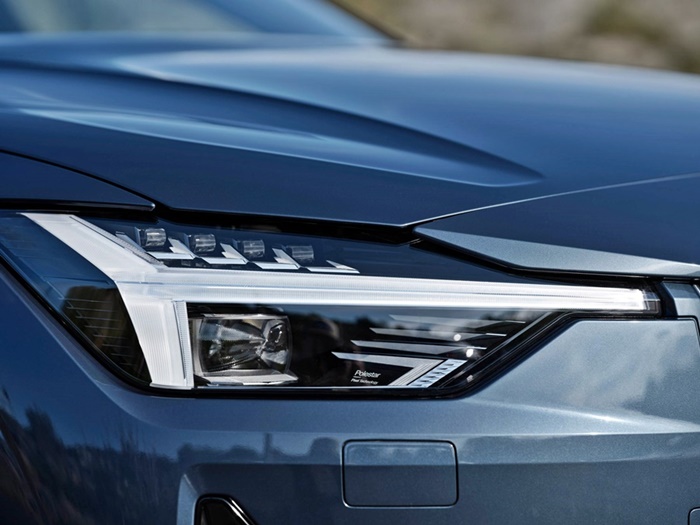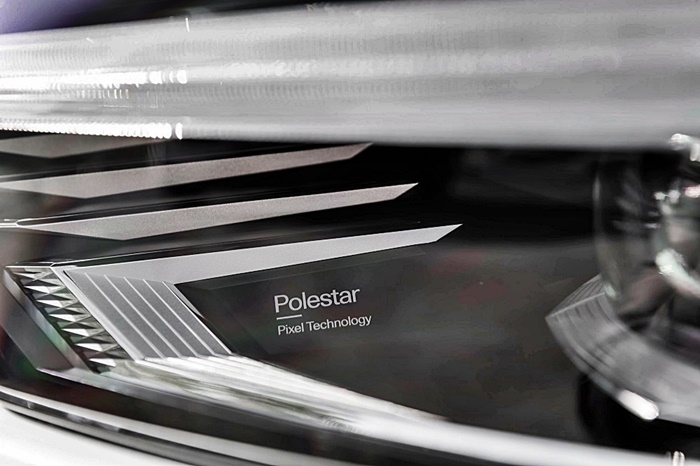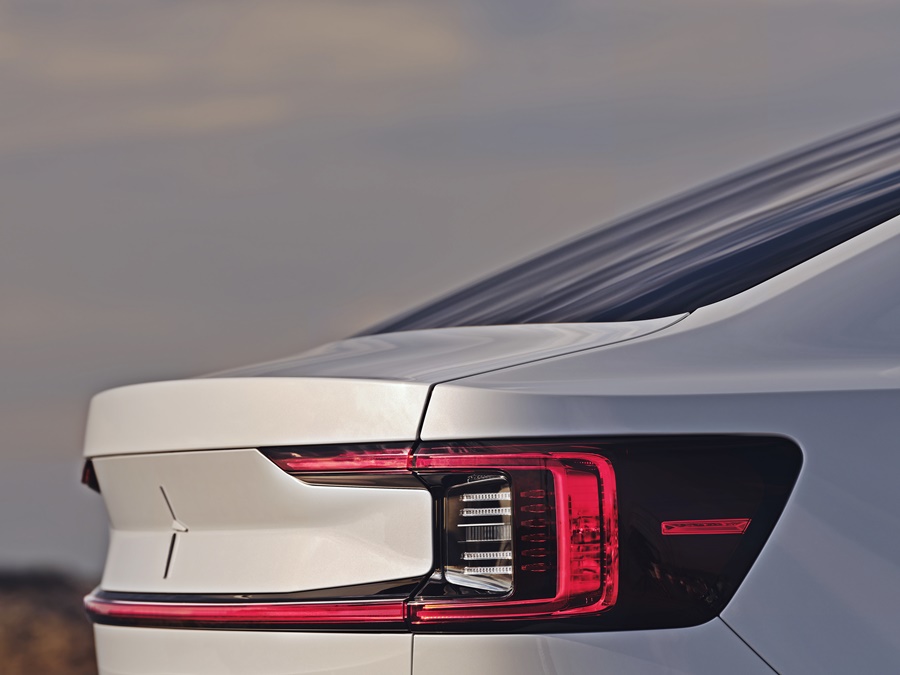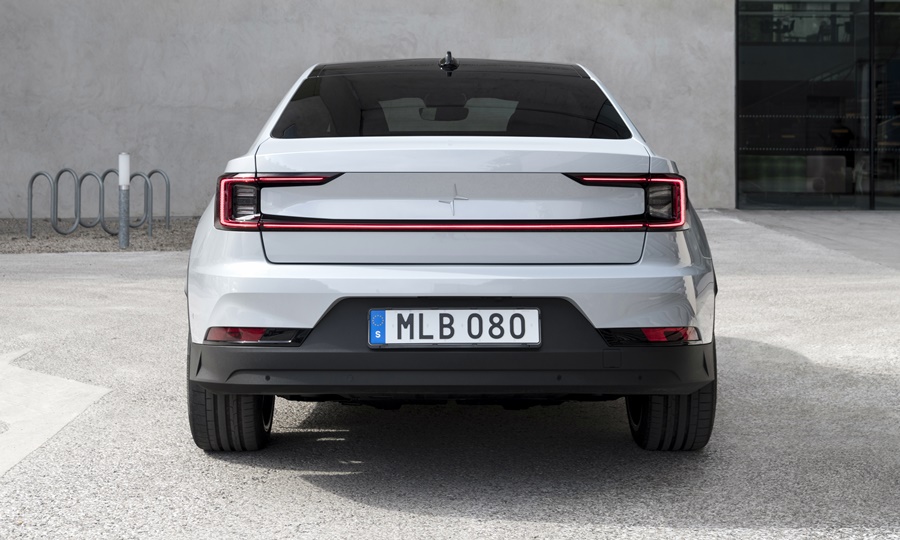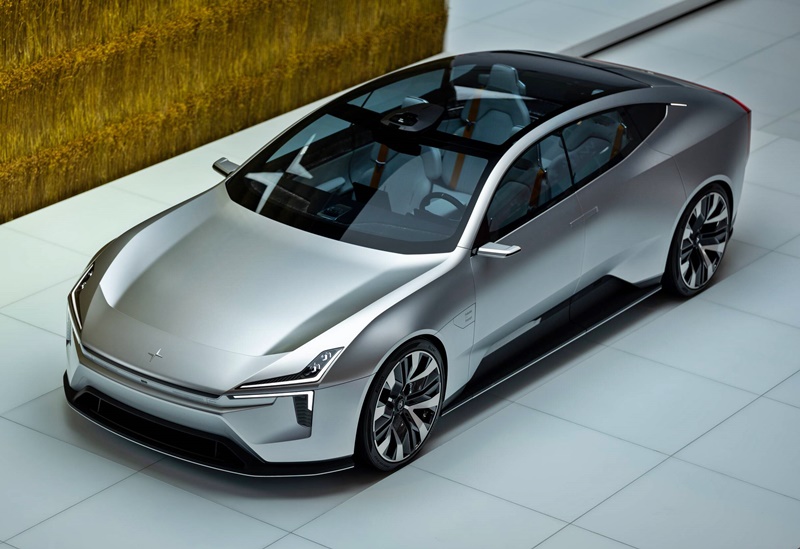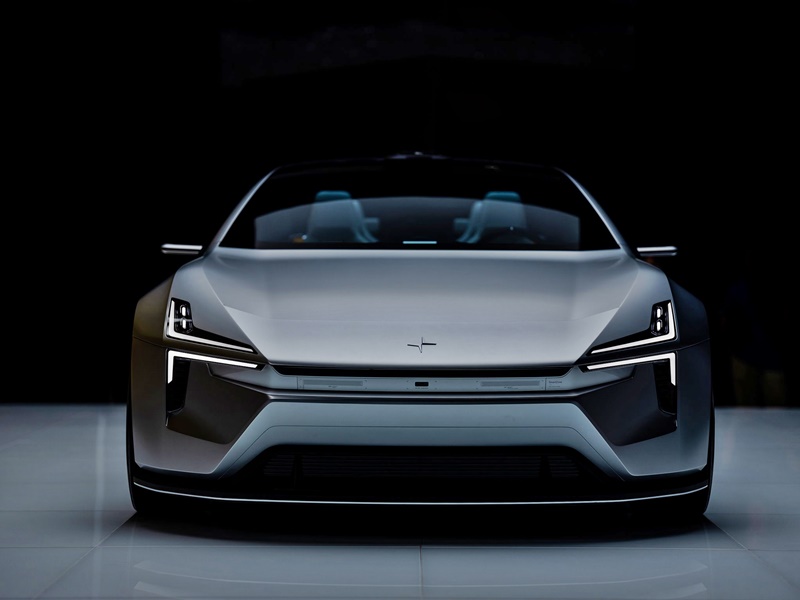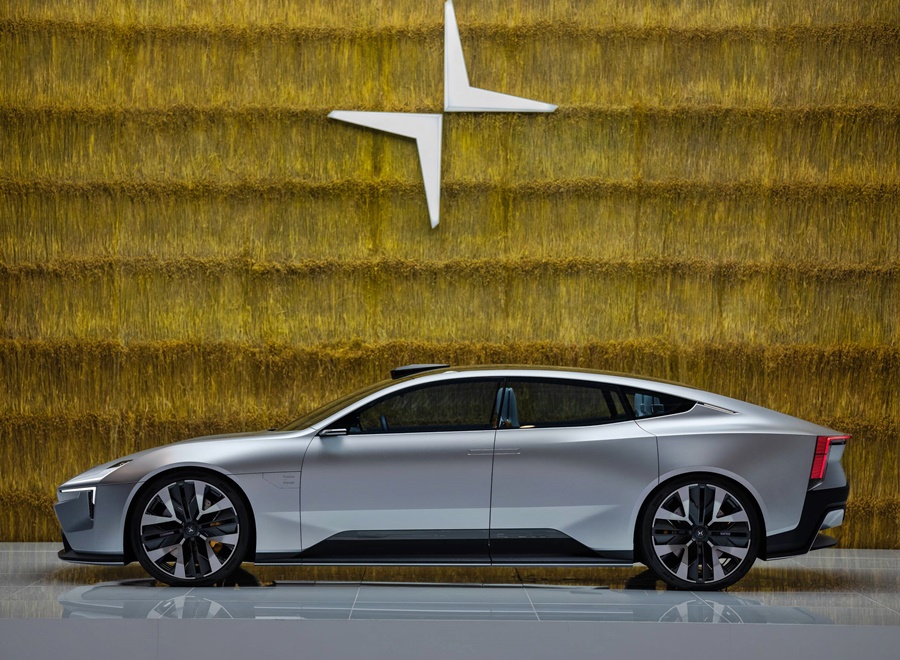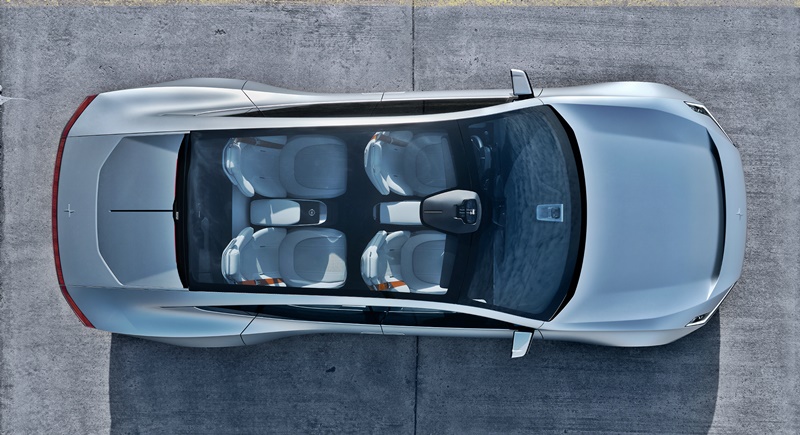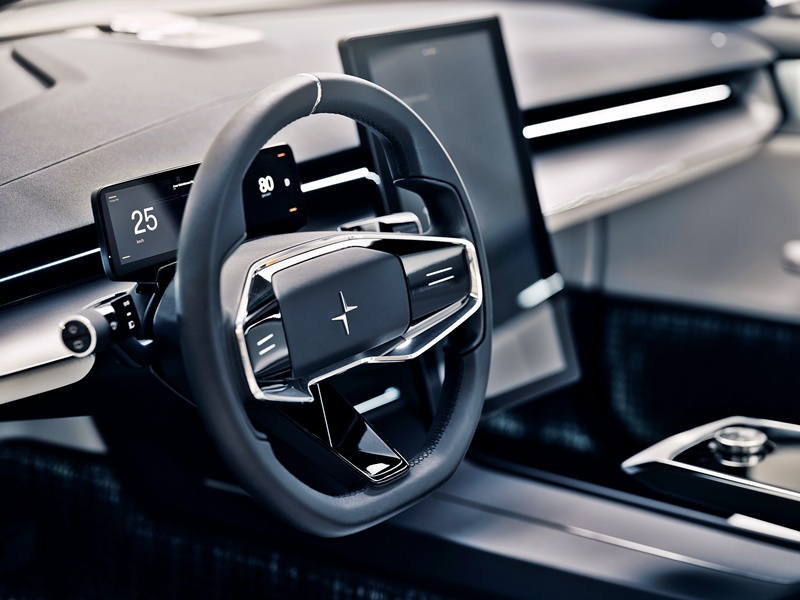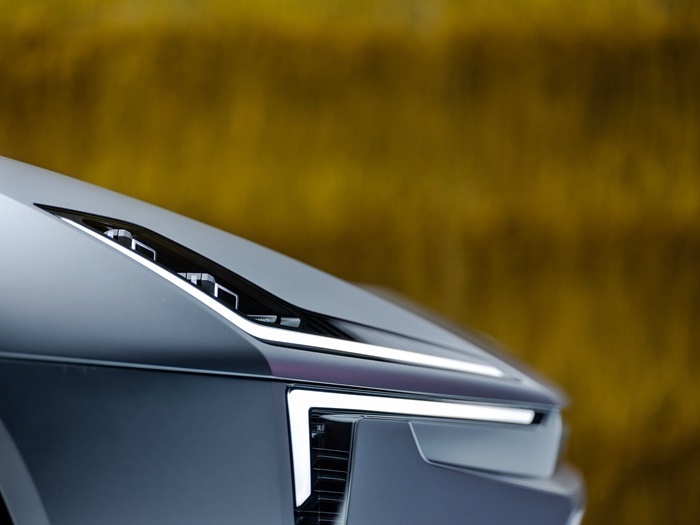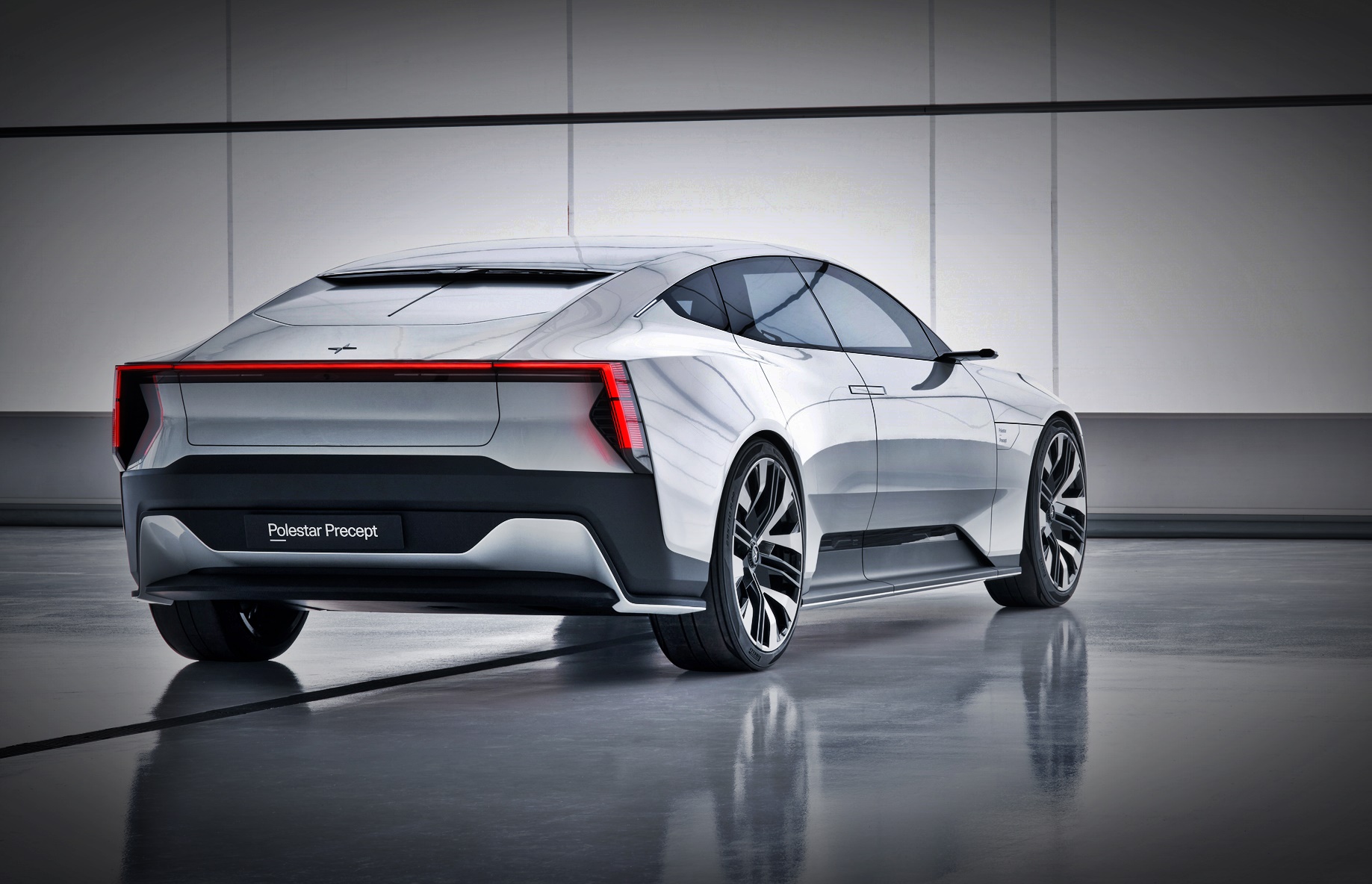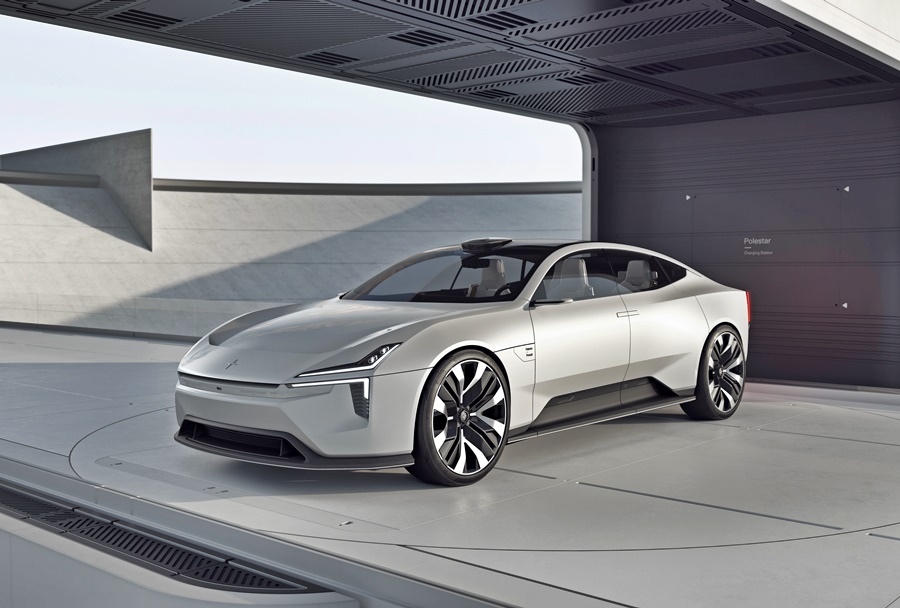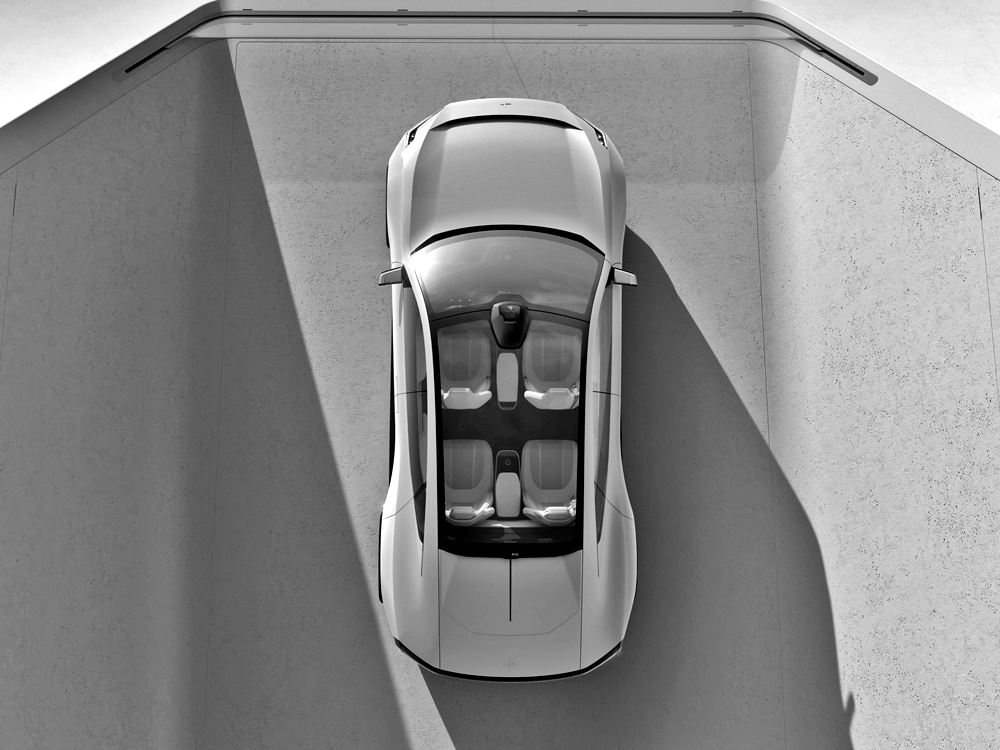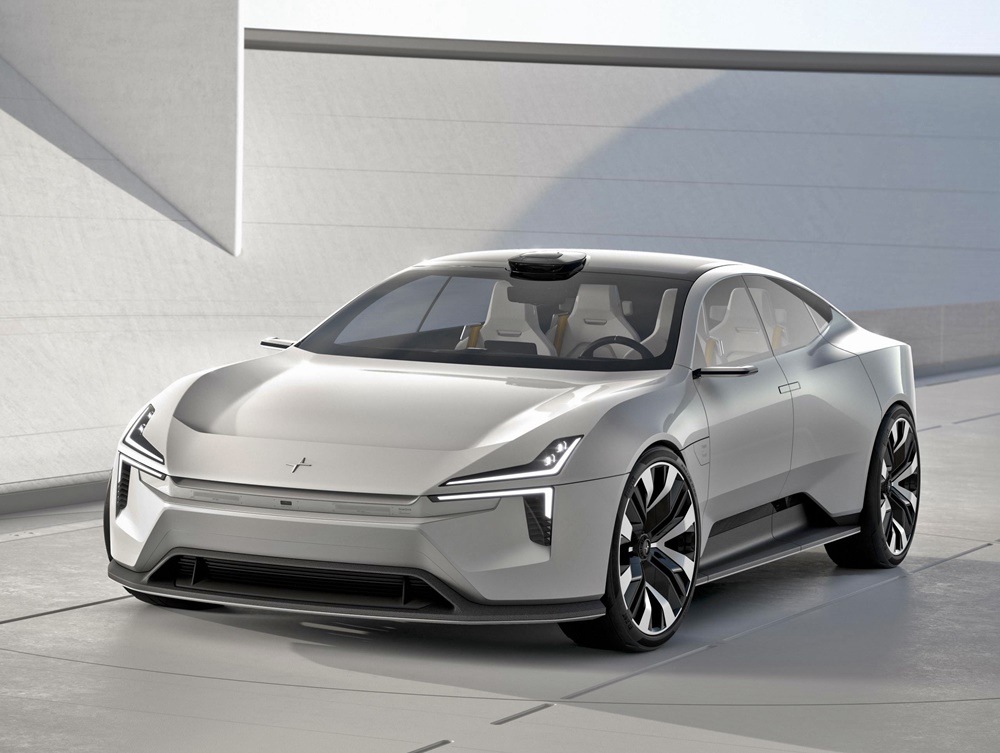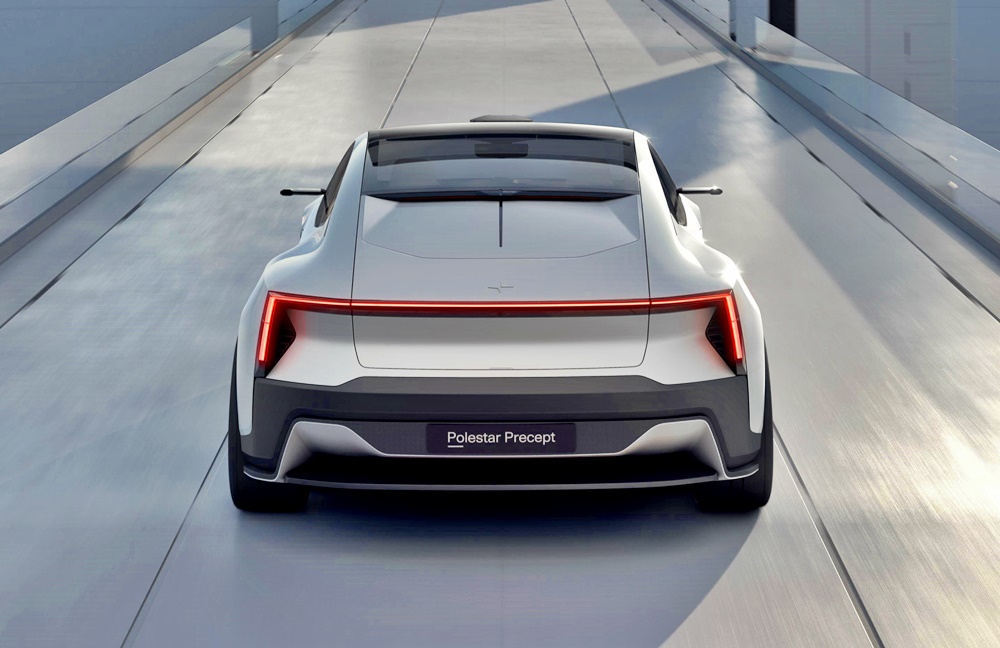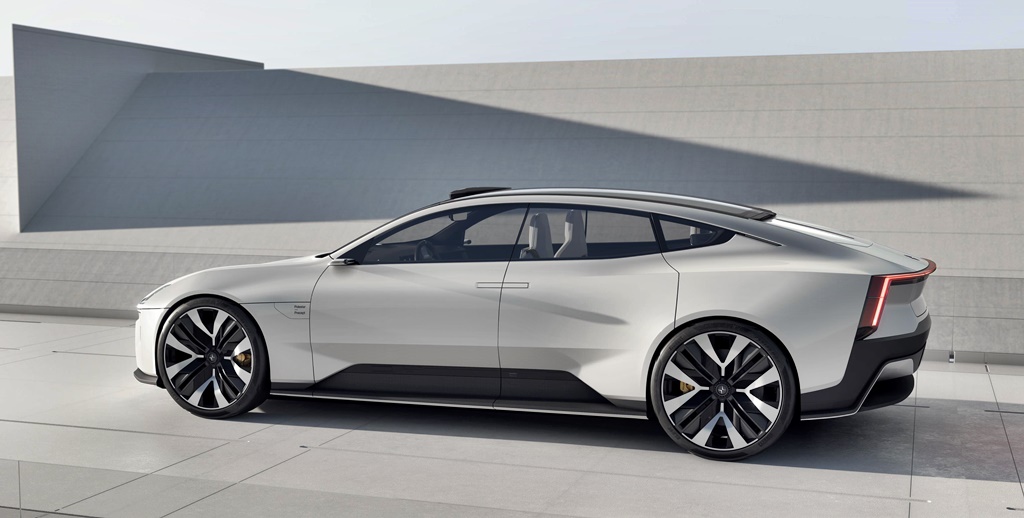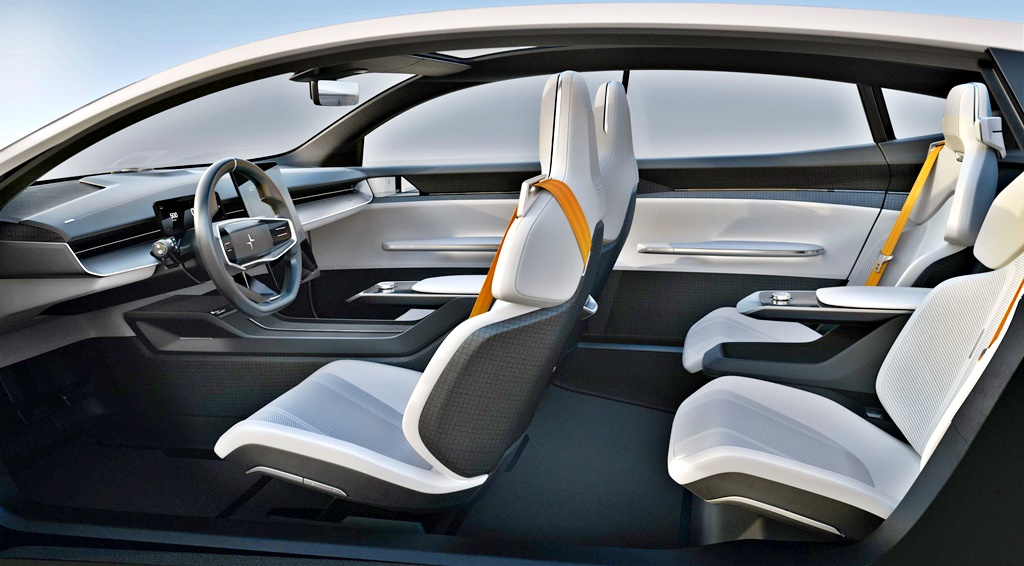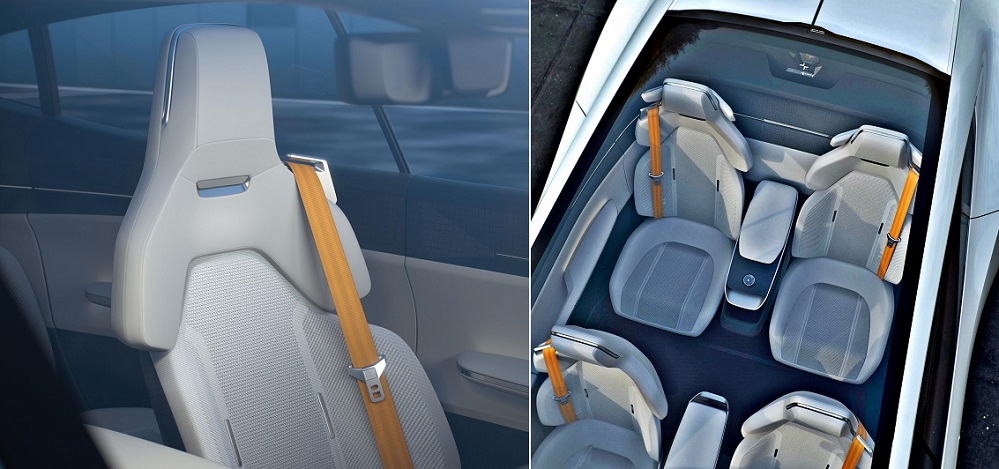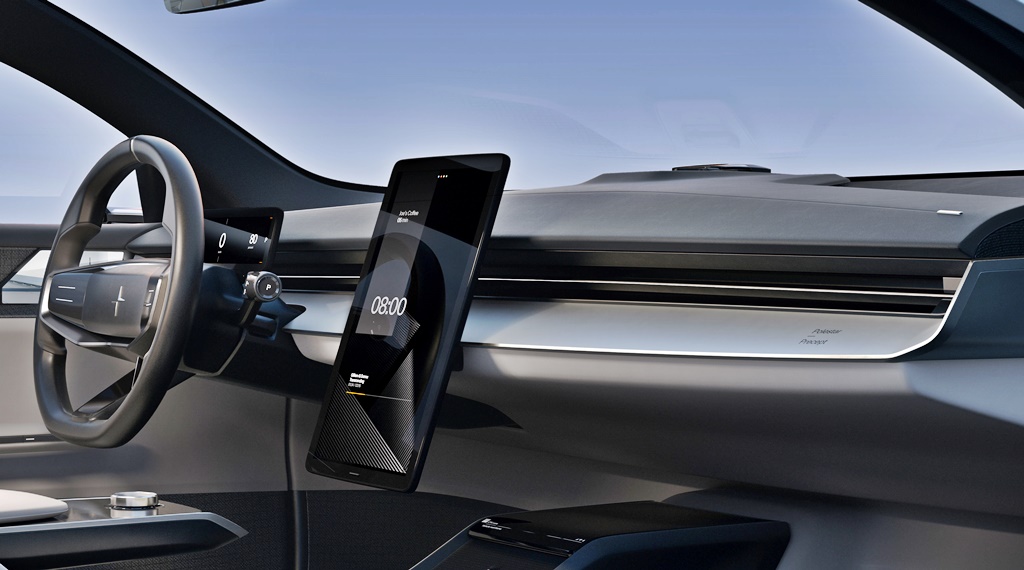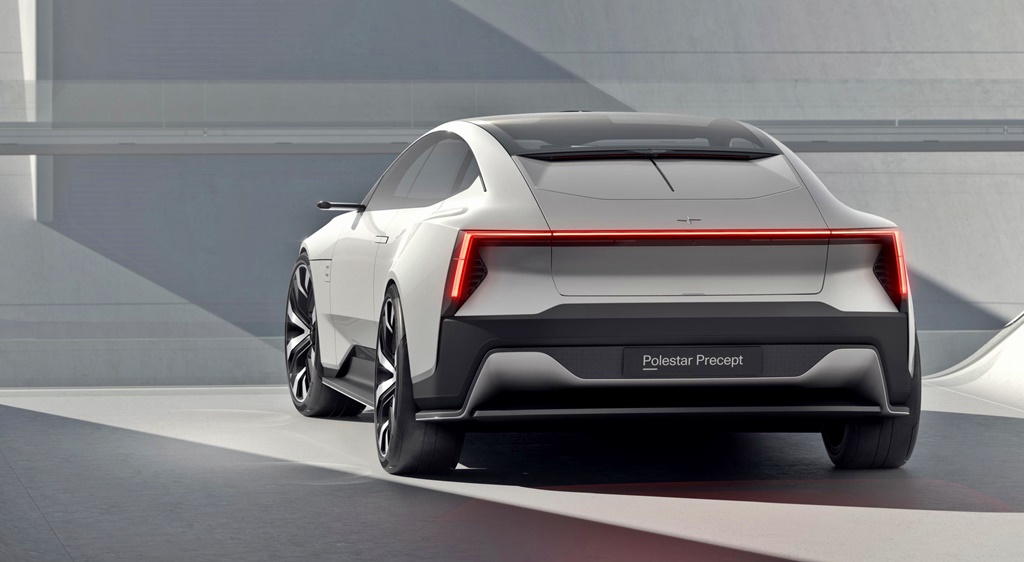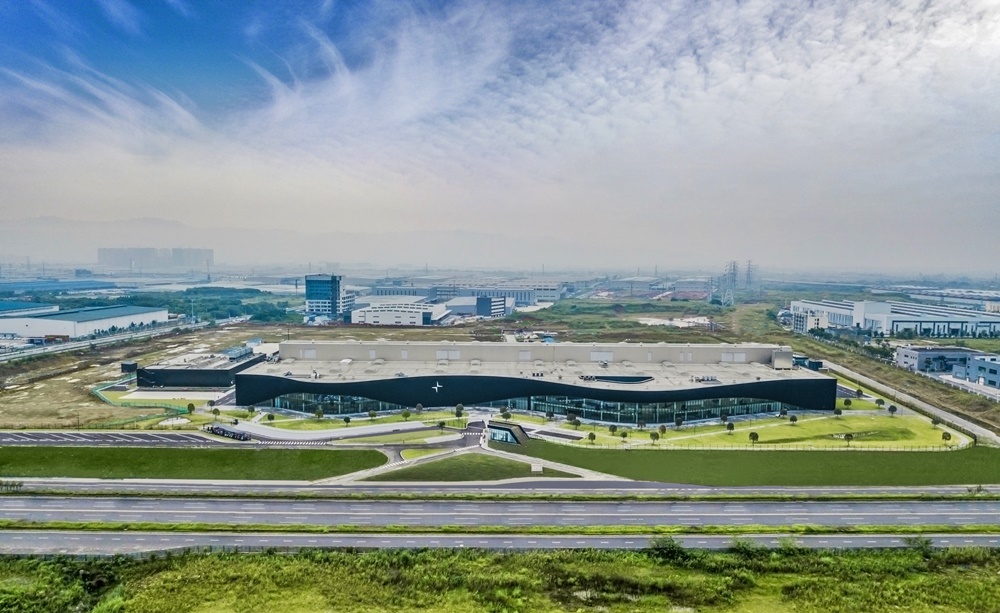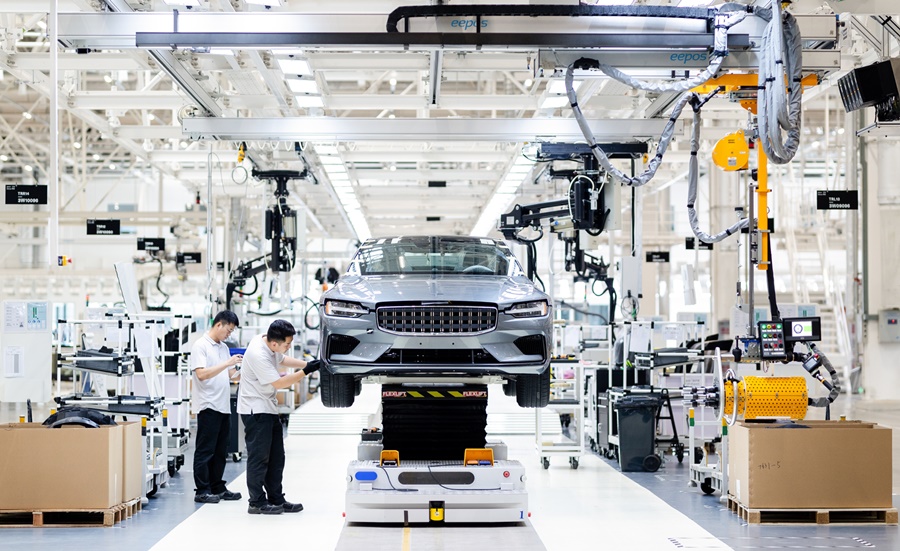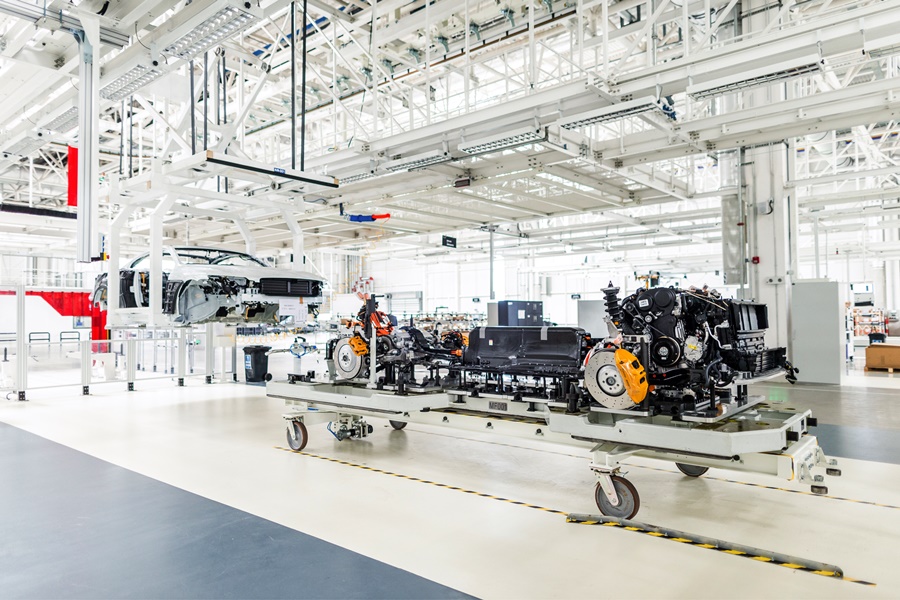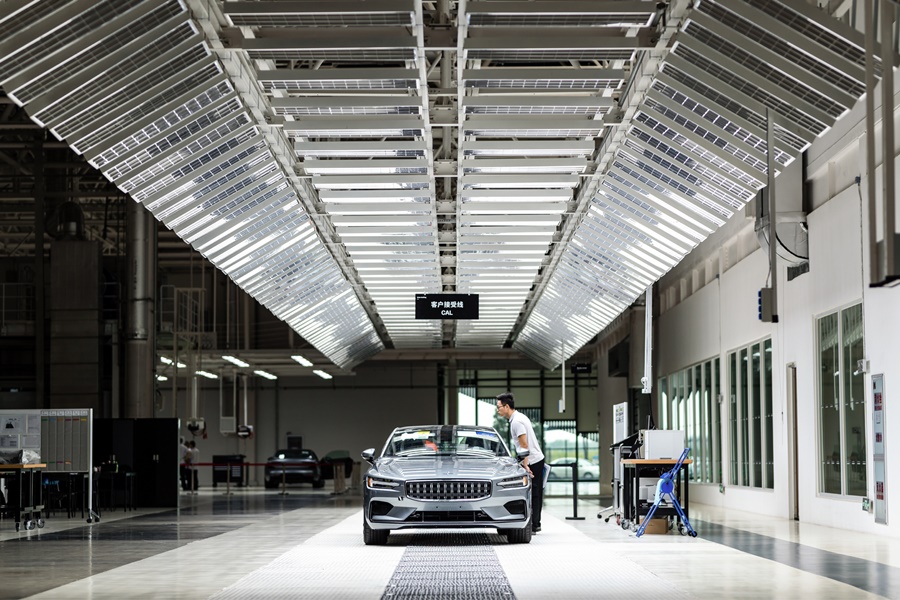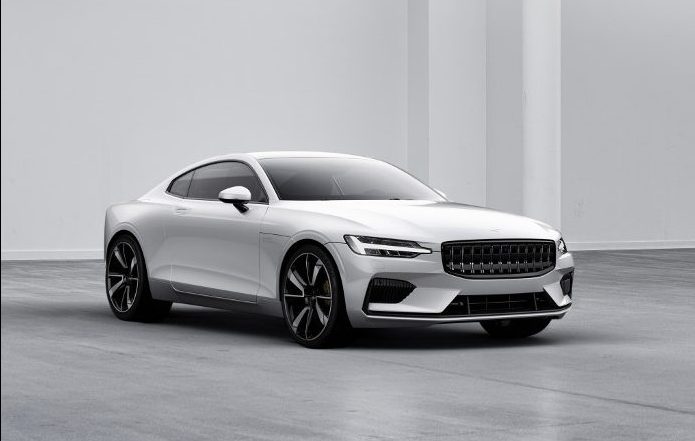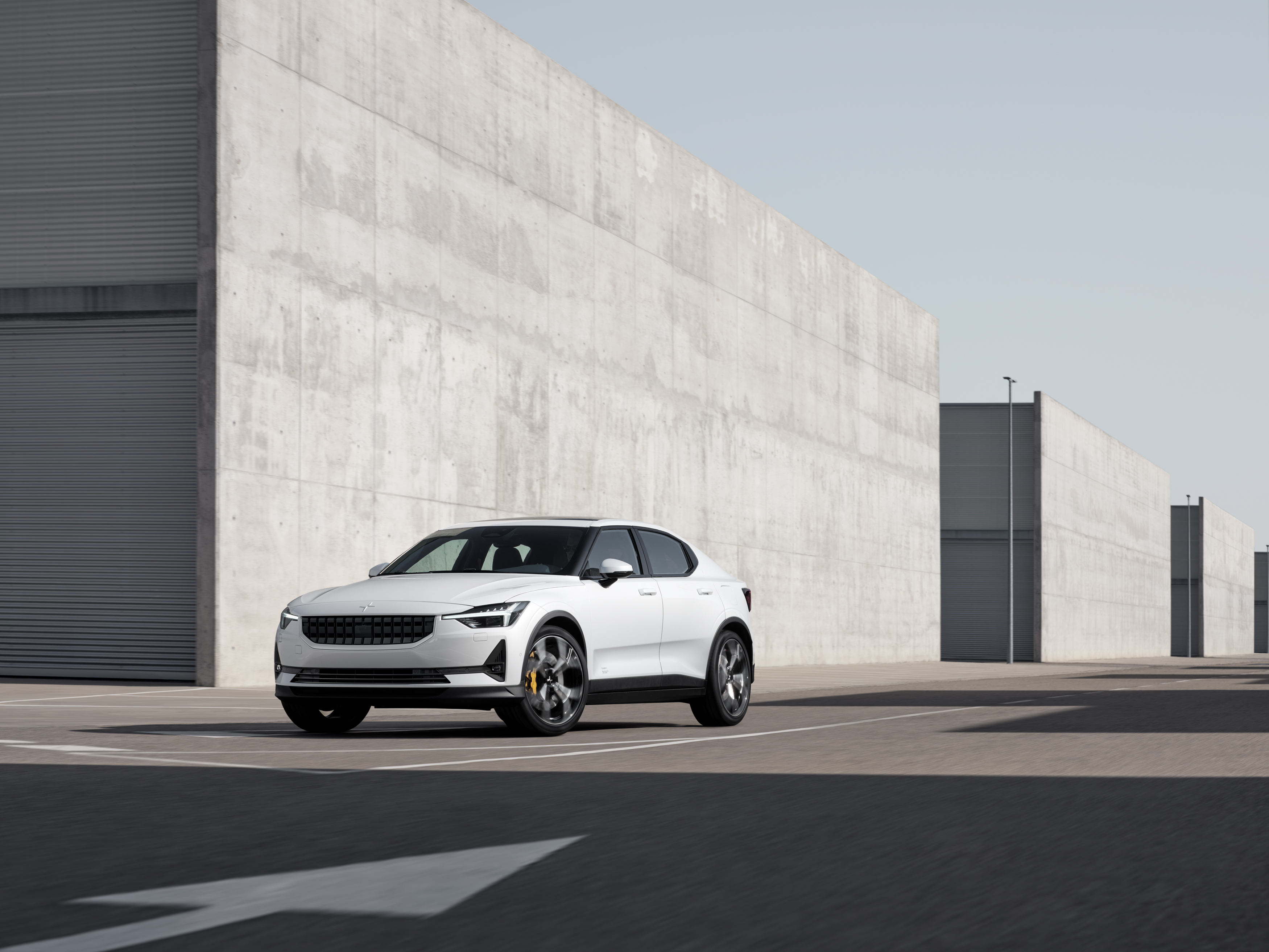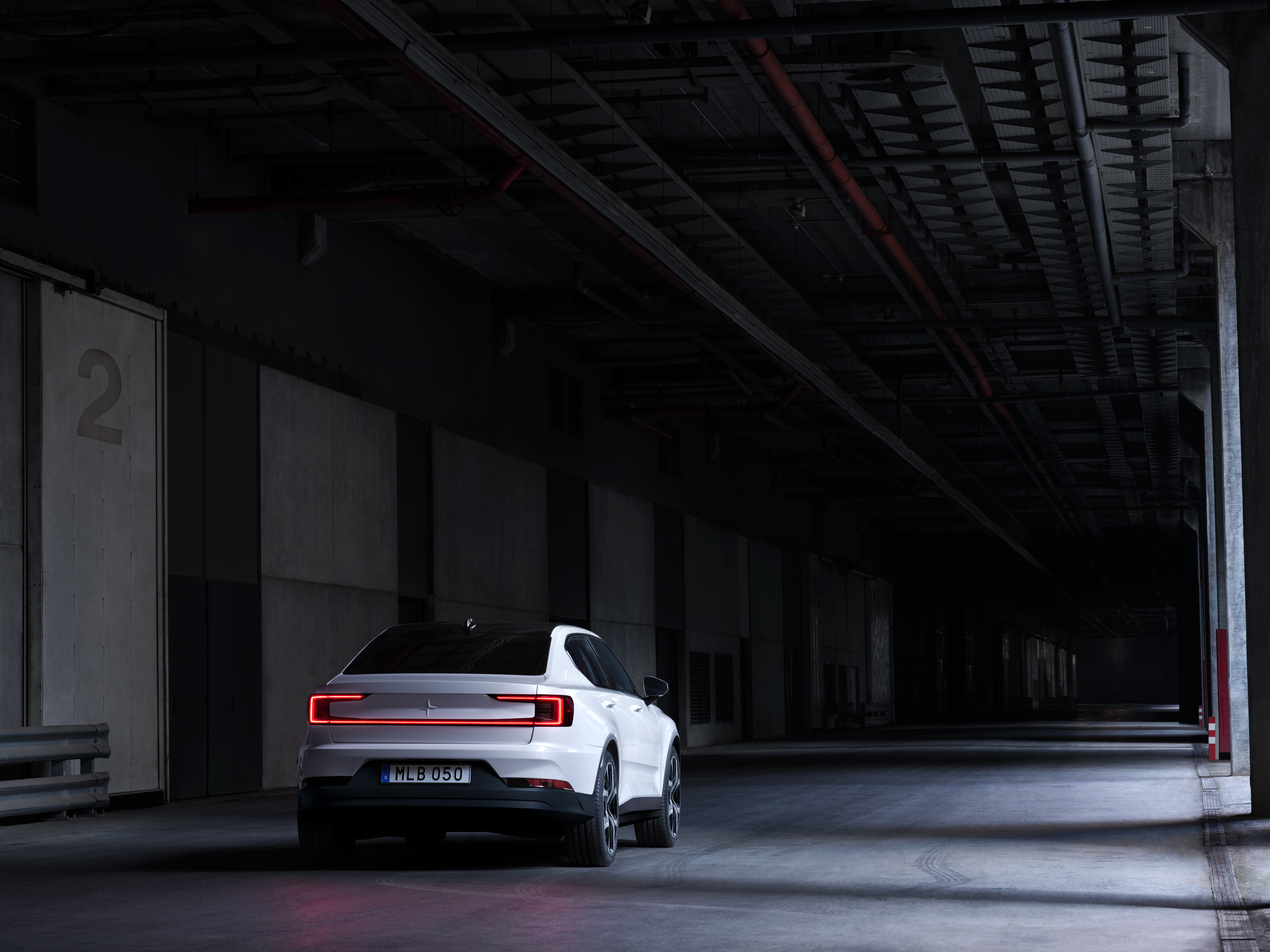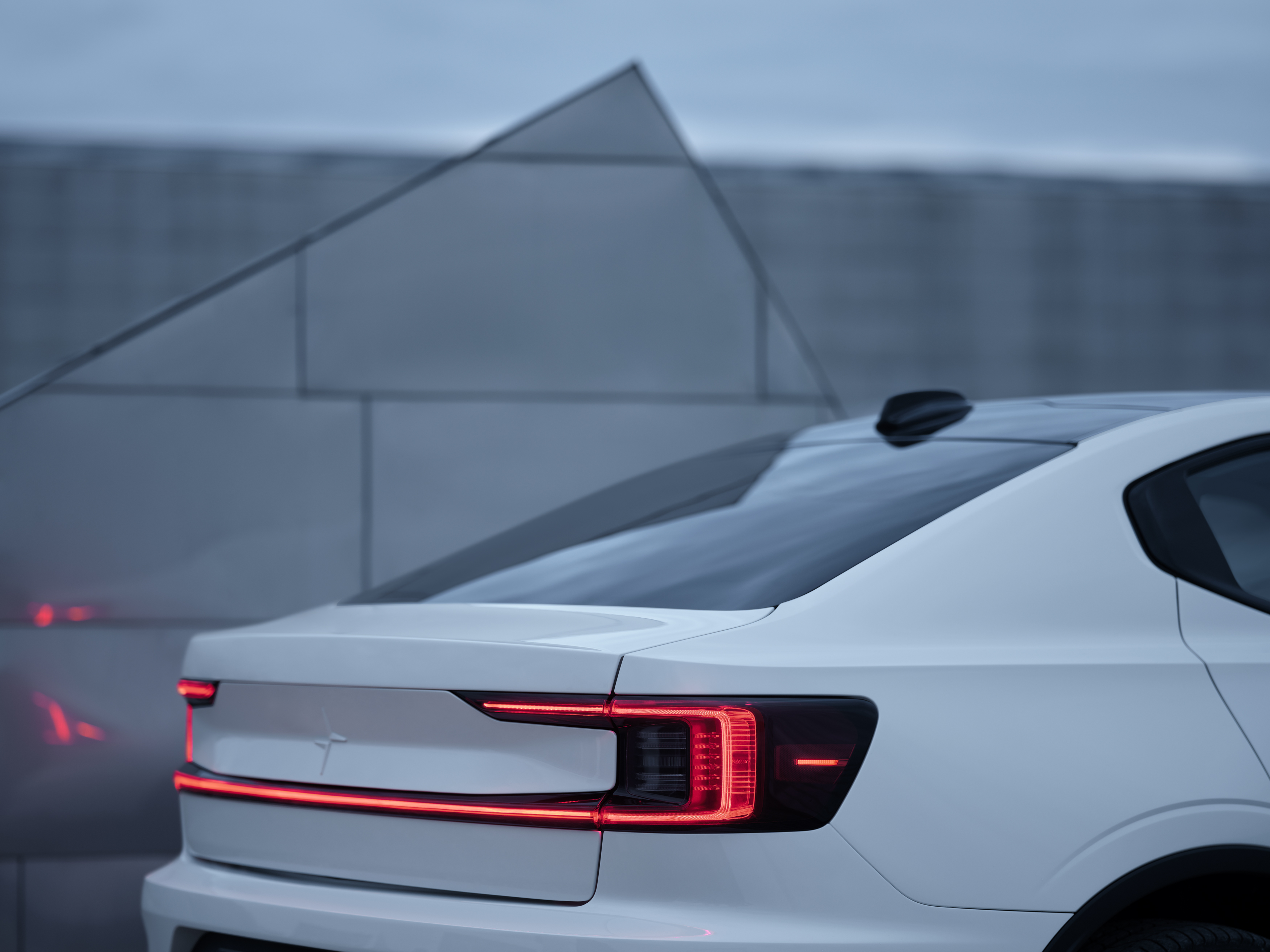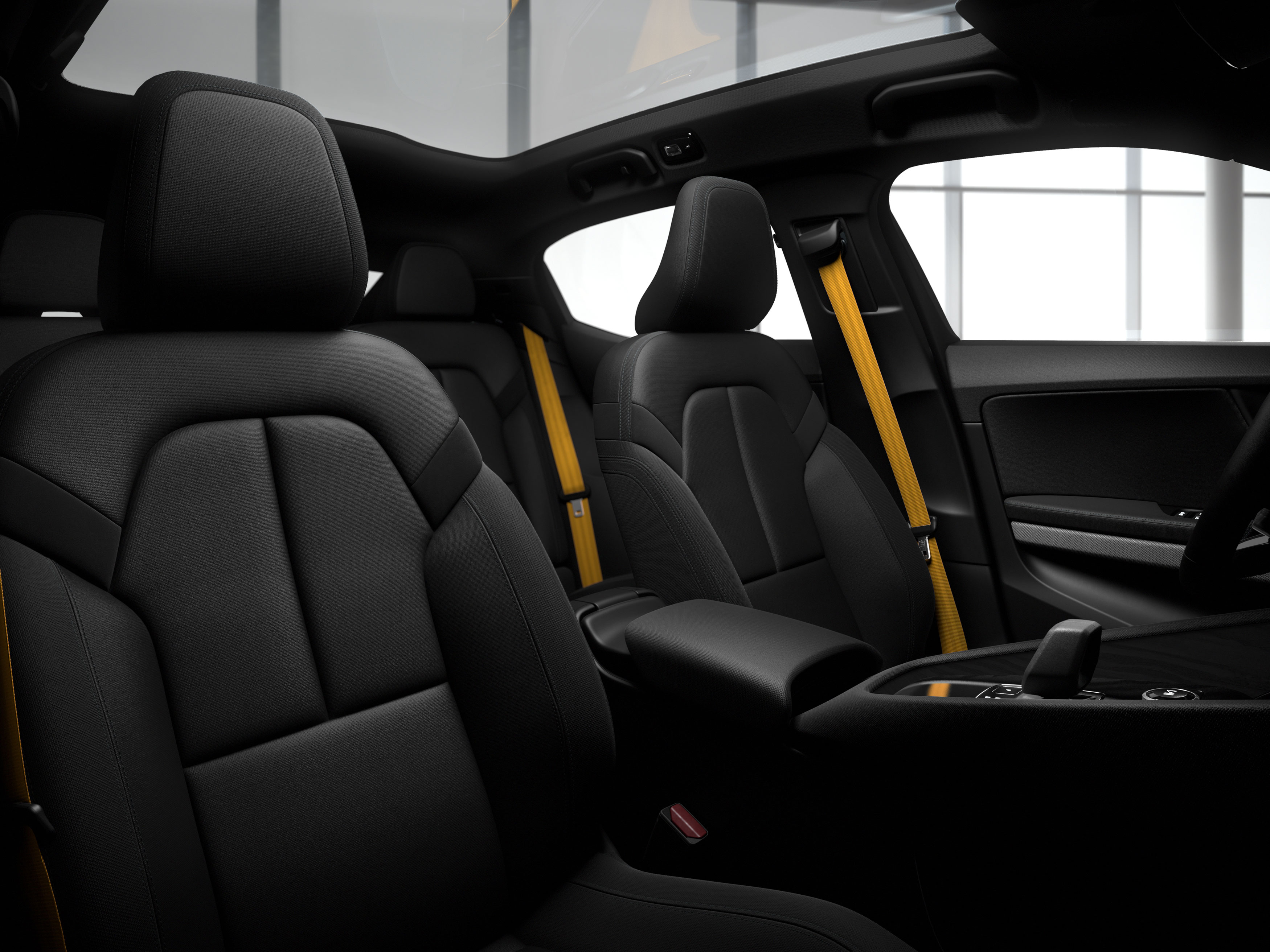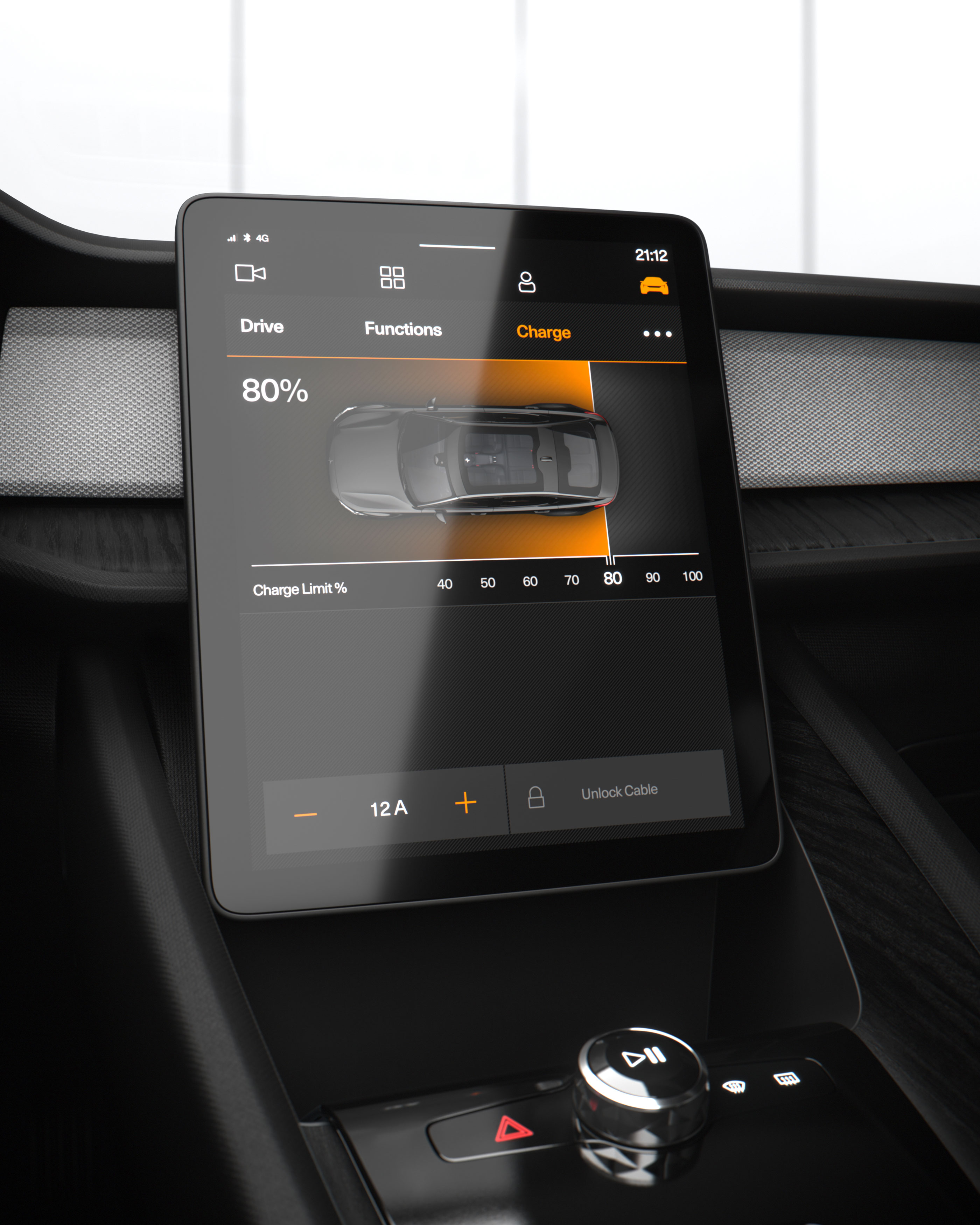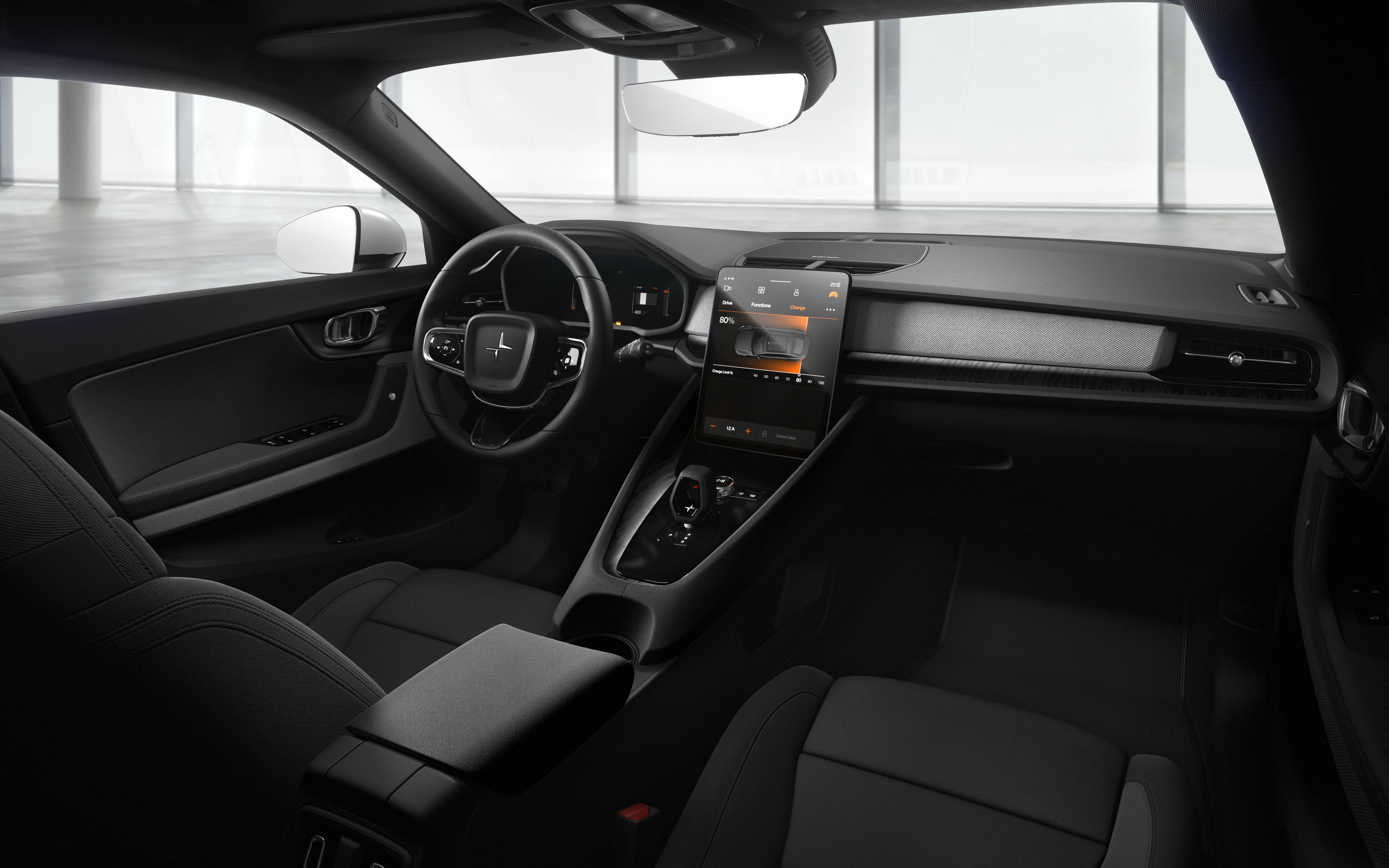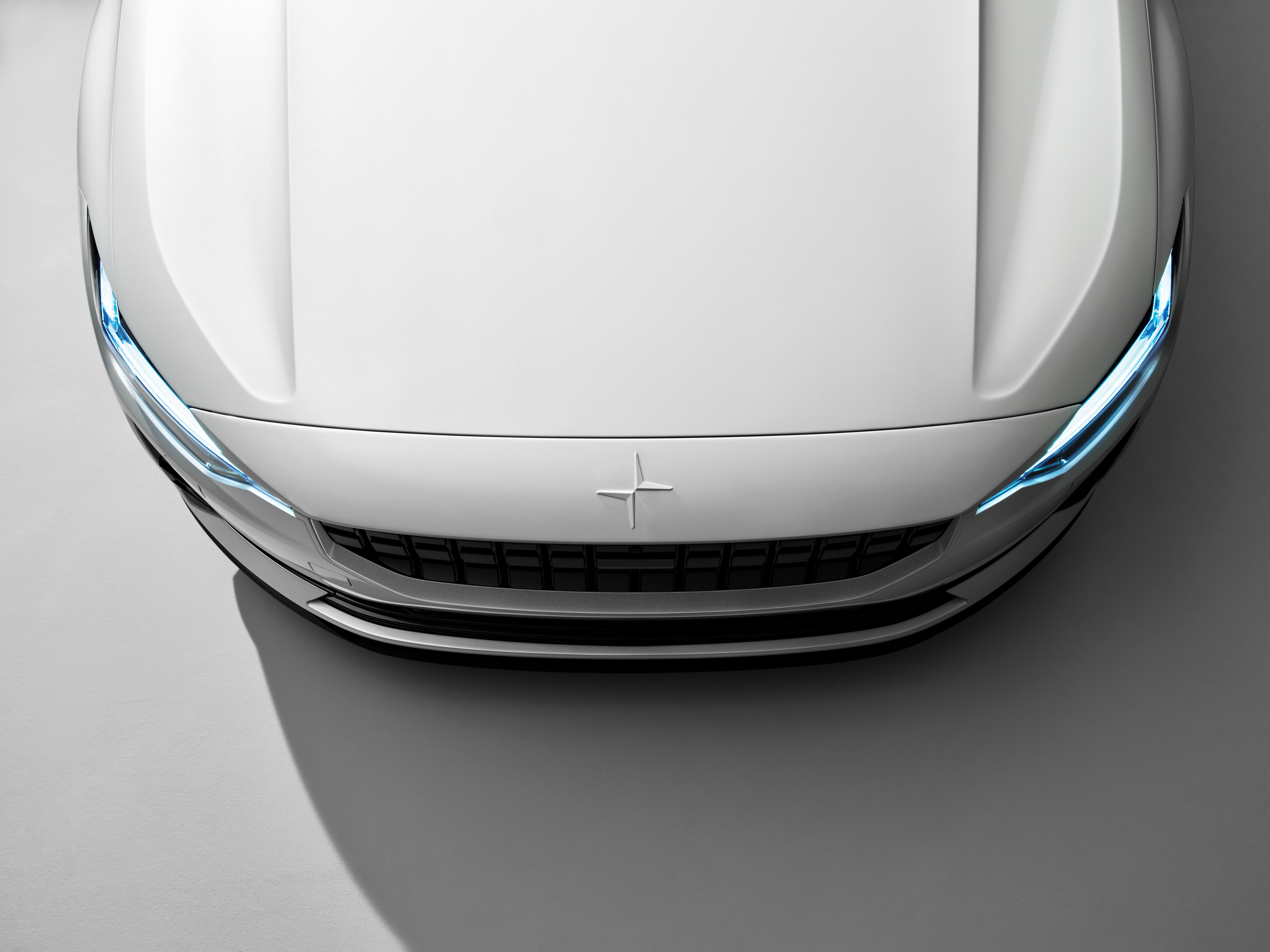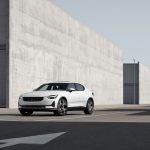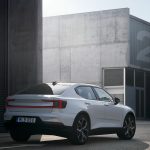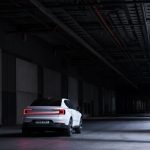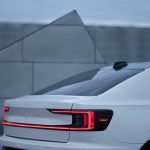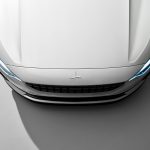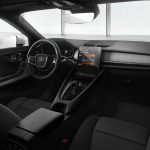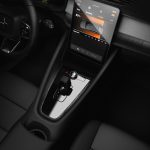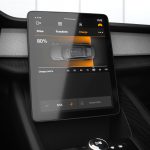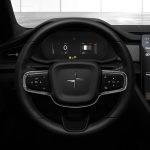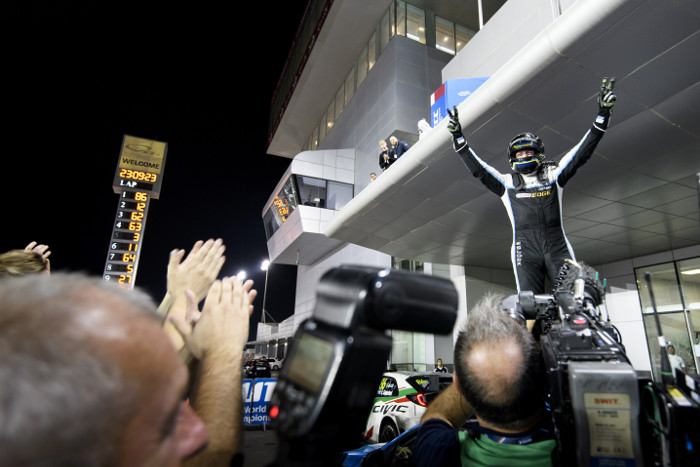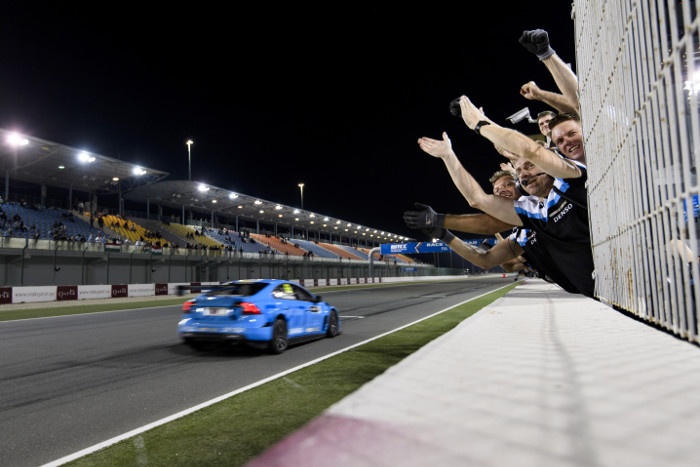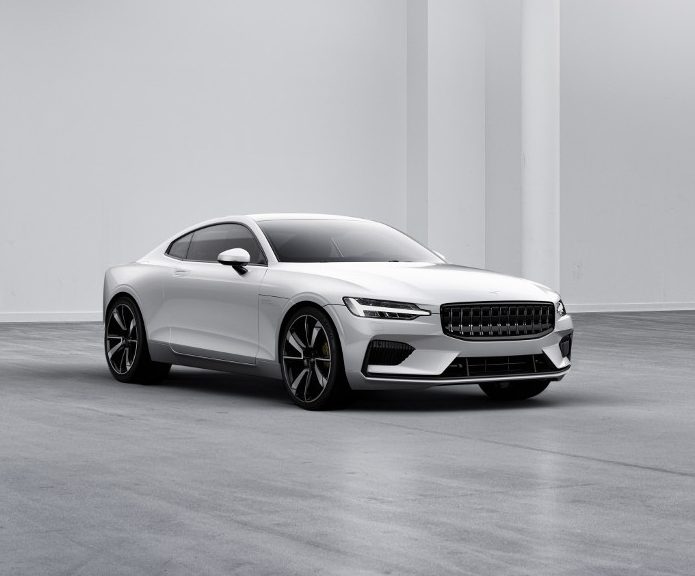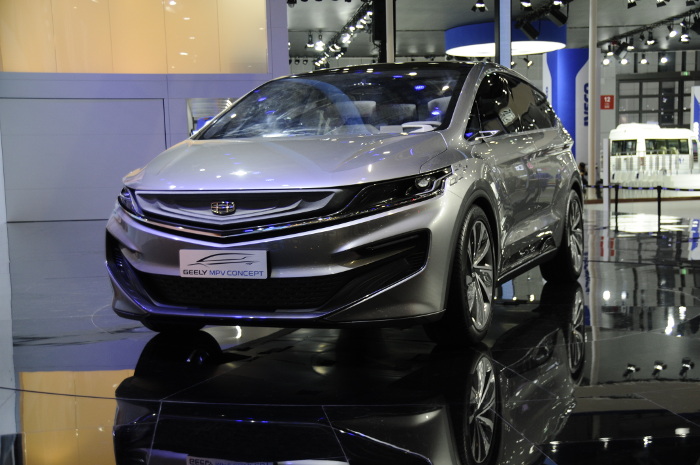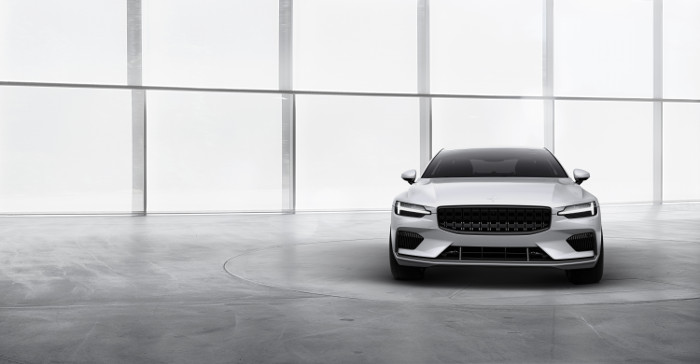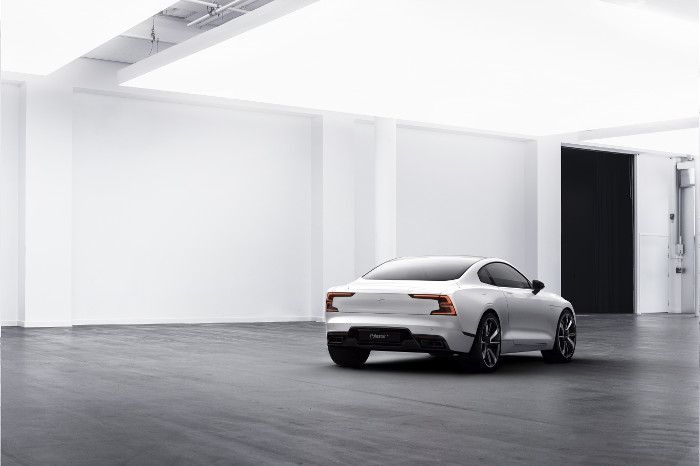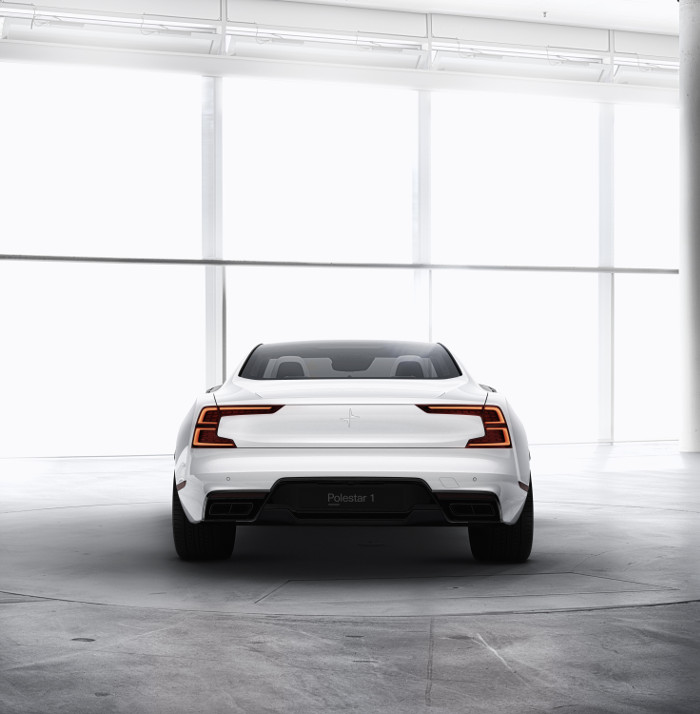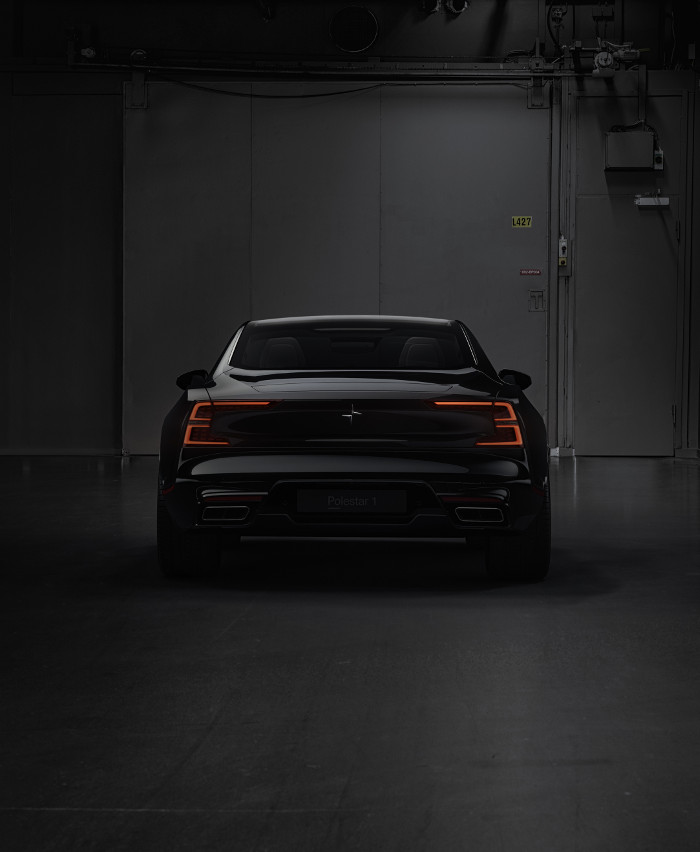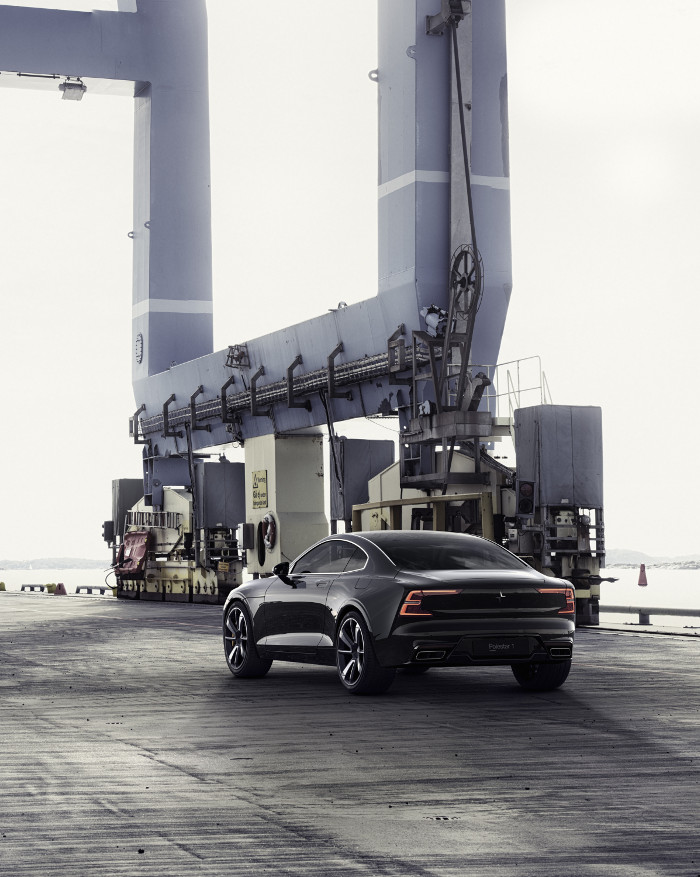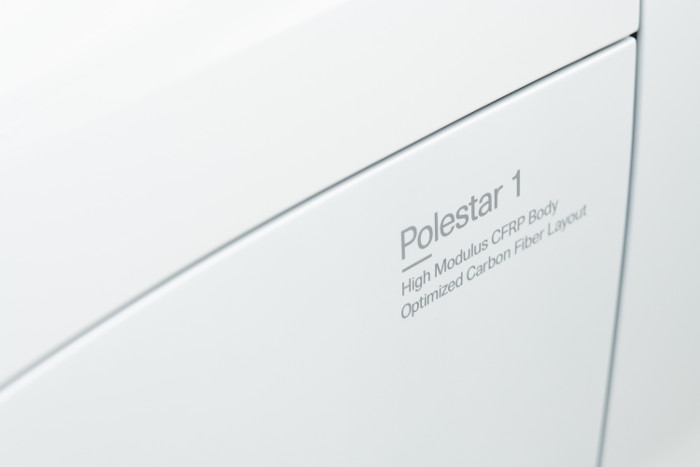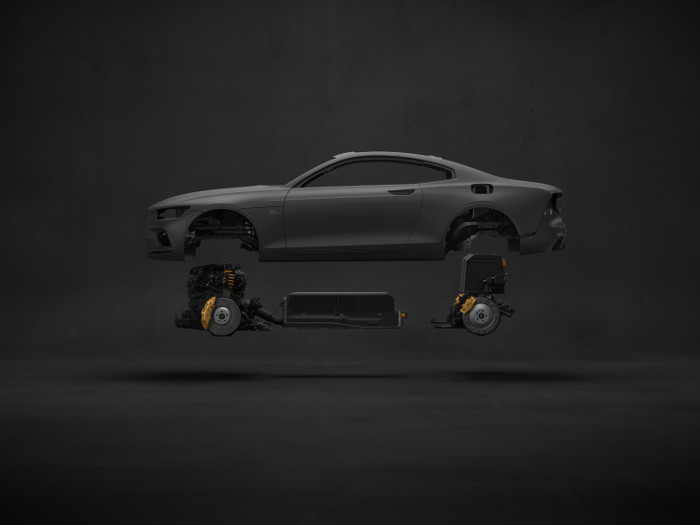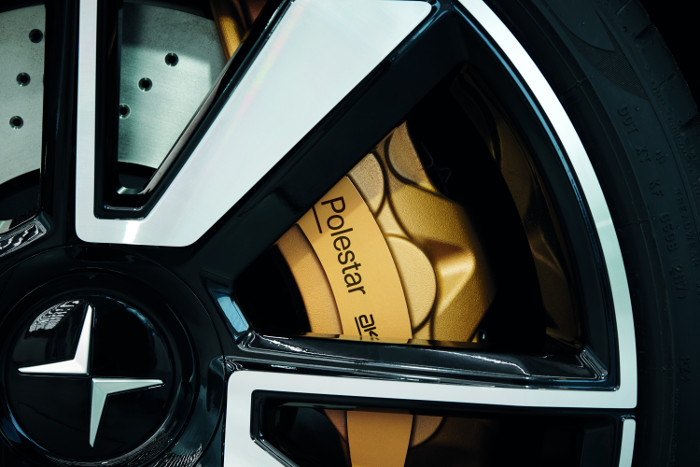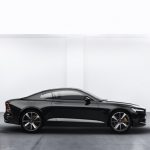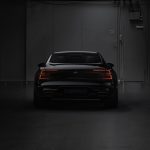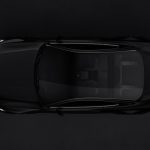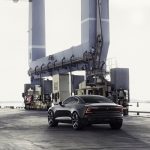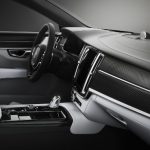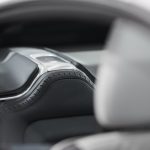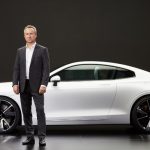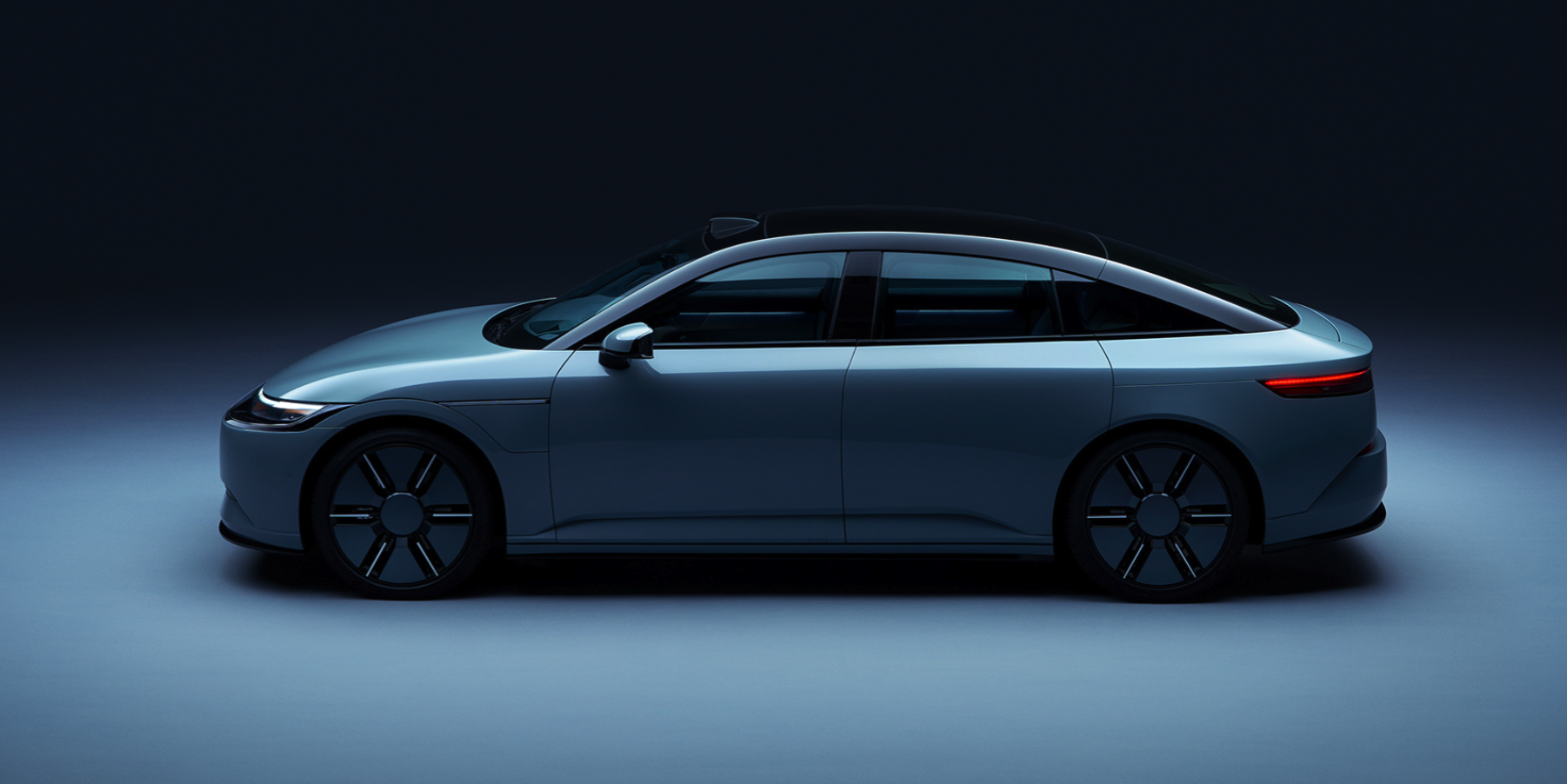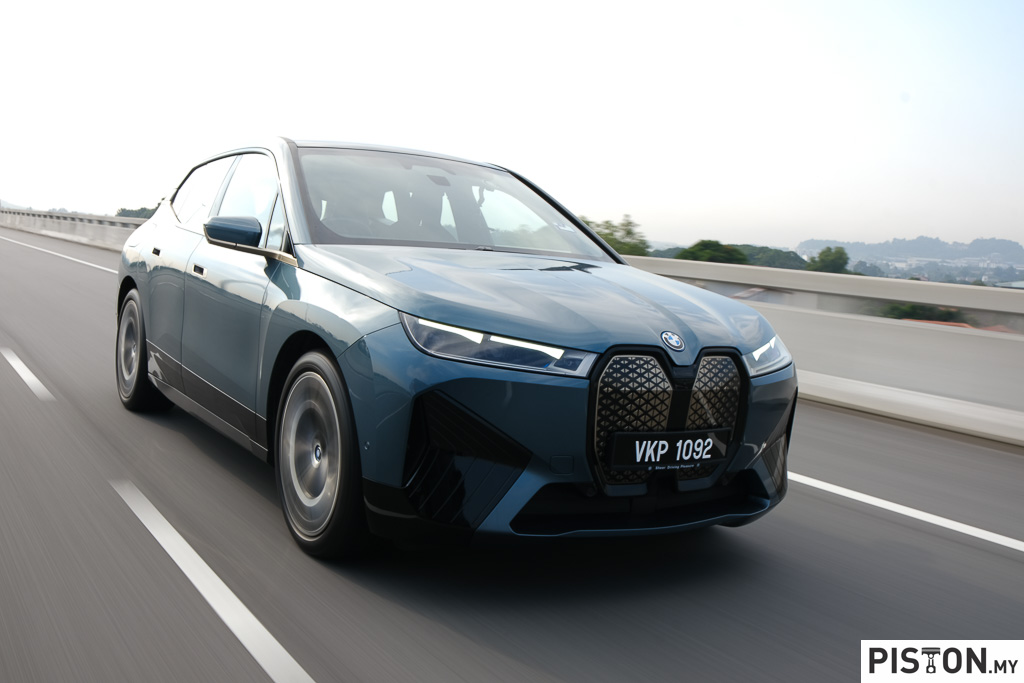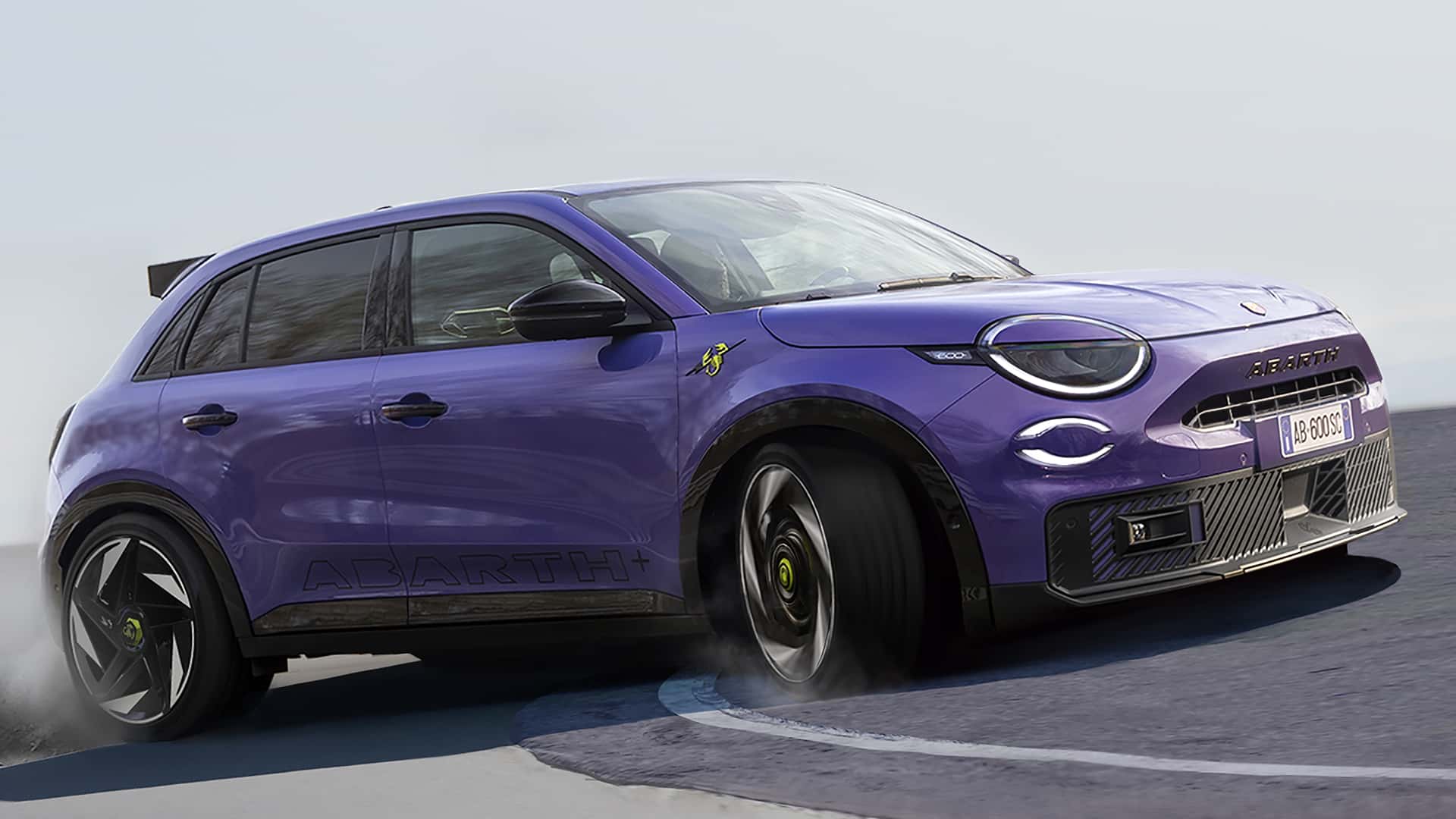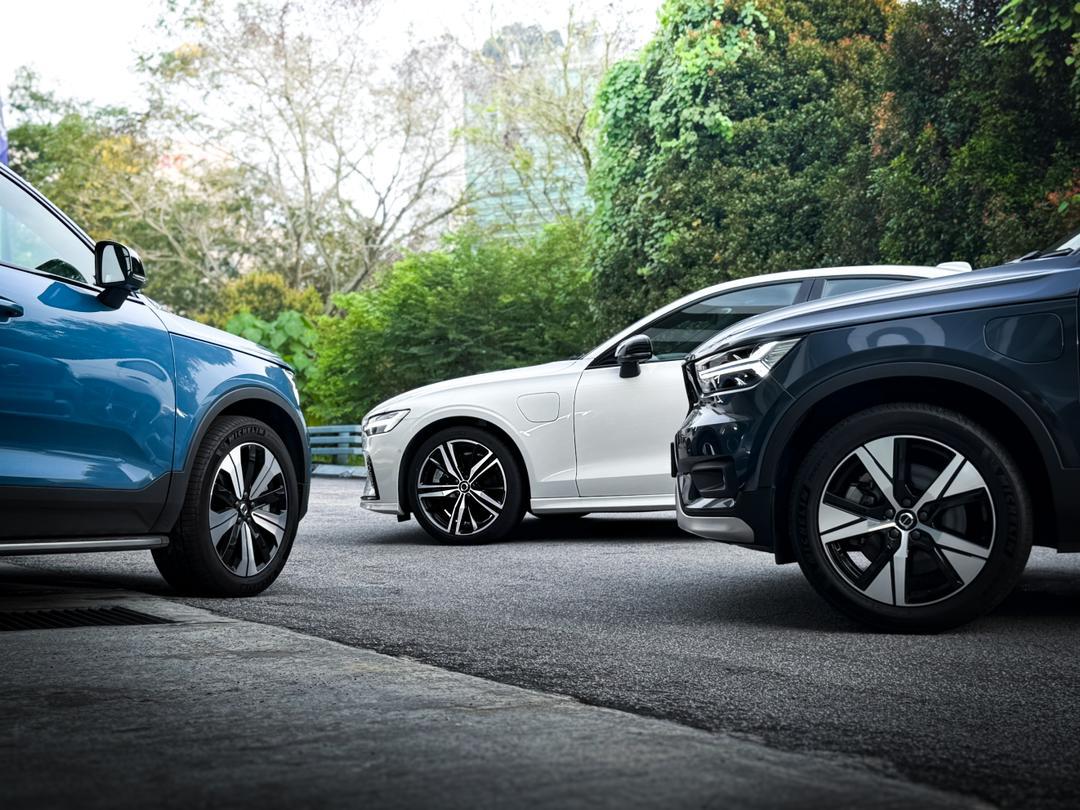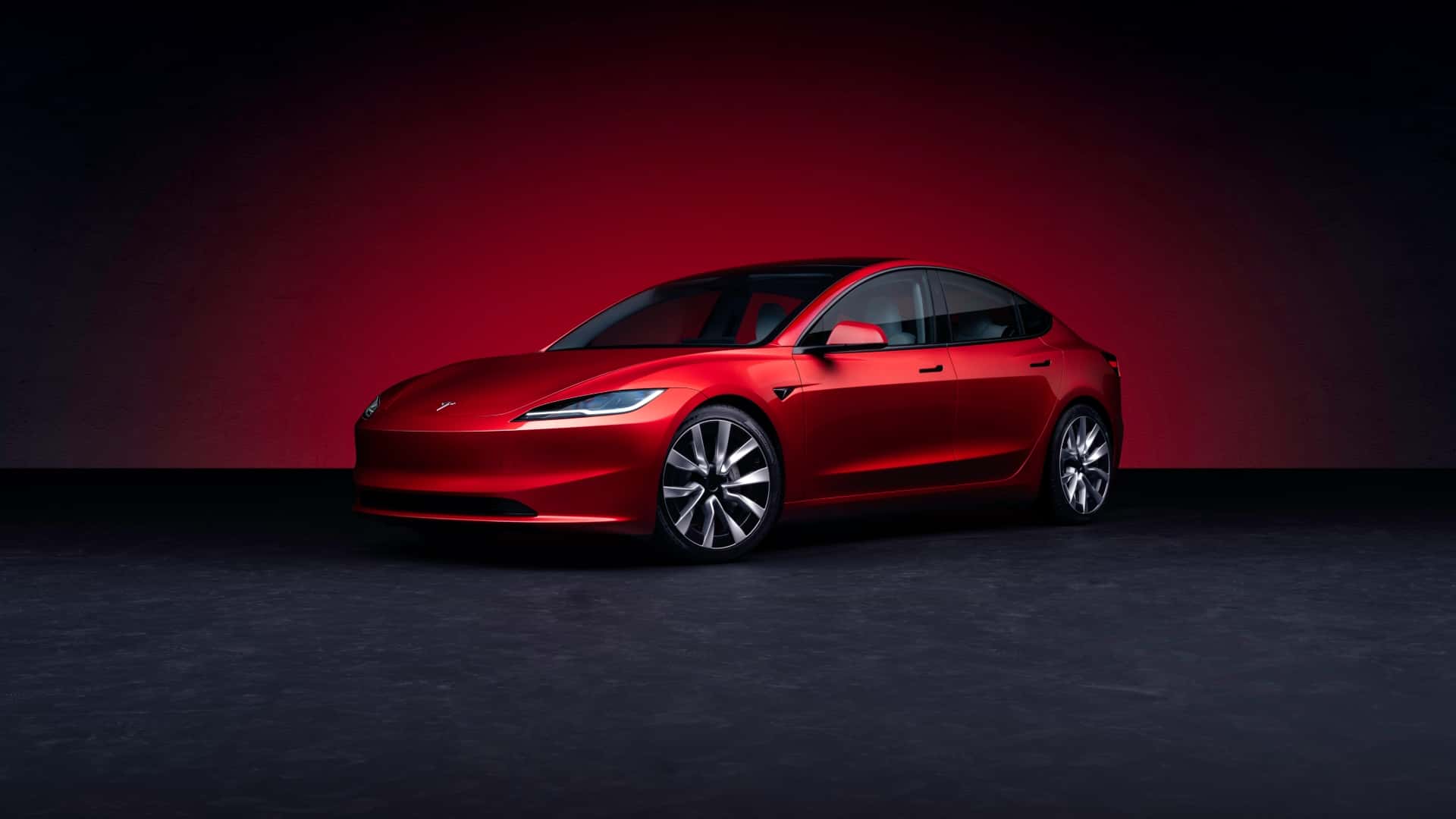Like Volvo (and Saab), Polestar is a Swedish brand and ‘lives’ in a region with a lot of snow and ice as well as long periods of darkness in the winter months. As such, the cars that it has developed would have received a lot of extra attention relating to grip, stability and of course cabin insulation, among other things. After all, the engineers who go to work daily experience extremely cold and slippery conditions which they would want to ensure the cars they develop are safe in such conditions.
Lighting is also very important, not only to illuminate the road ahead but also make the car visible to others. Even in the daytime, the lighting levels may be low, reducing when it snows. So the designers also pay extra attention to the lighting systems and the Polestar 2 electric performance fastback gets highly advanced lighting technology.
Pixel LED Headlights
For example, the Polestar 2 ‘Launch Edition’ comes with standard Pixel LED headlights, an active high beam technology as well as a ‘welcome sequence’ that activates when the vehicle is unlocked. A total of 84 individual LED pixels form a matrix in each lamp; within this matrix, each LED is controlled individually.
In turn, this allows the headlights to shade out their light in the path of up to 5 leading or oncoming vehicles when in motion. The functionality allows the driver to leave their lights on high beam, enabling maximum forward visibility at all times without blinding other road users, and without having to think about switching between modes.
“When you drive Polestar 2, especially in the dark, you really understand how much this technology increases safety,” explained Polestar CEO, Thomas Ingenlath. “LED lighting also allows for creativity, and the light signatures we have designed are unmistakable. They are distinctive and people will know you are driving a Polestar.”
Front foglights with cornering support utilize energy efficient LED technology and activate automatically at low speeds according to steering or turn signal input, further enhancing visibility when maneuvering the vehicle.
Intelligent rear lighting technology
At the rear of the Polestar 2, the signature rear lighting has no less than 288 LEDs in a distinctive full-width wrap-around light bar, featuring unique welcome and farewell lighting sequences. The rear light bar includes adaptive lighting technology. In daylight, the brightness is increased to ensure optimal visibility of the light signature. At night, the LEDs automatically dim to prevent drivers behind from being dazzled.
Only if regulations permit
Pixel LED technology is available for all markets but only if regulations allow. At present, regulations in the USA do not allow such functionality so the cars sold there will not have it. However, should the regulations change in future, the feature can be activated with a software update. Owners won’t even have to bring their cars to a service centre for this as it can be transmitted over-the-air (OTA) free of charge. OTA updates for other systems can also be provided, ensuring that the car operates optimally all the time.
